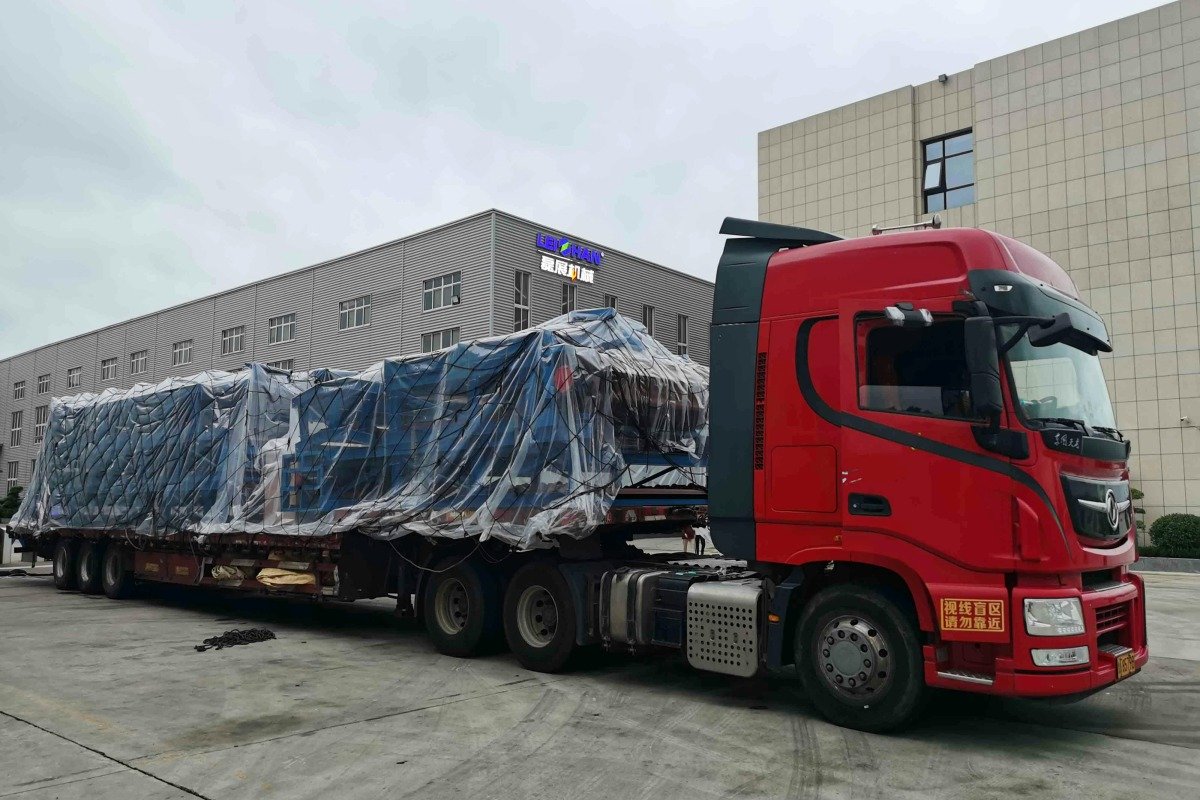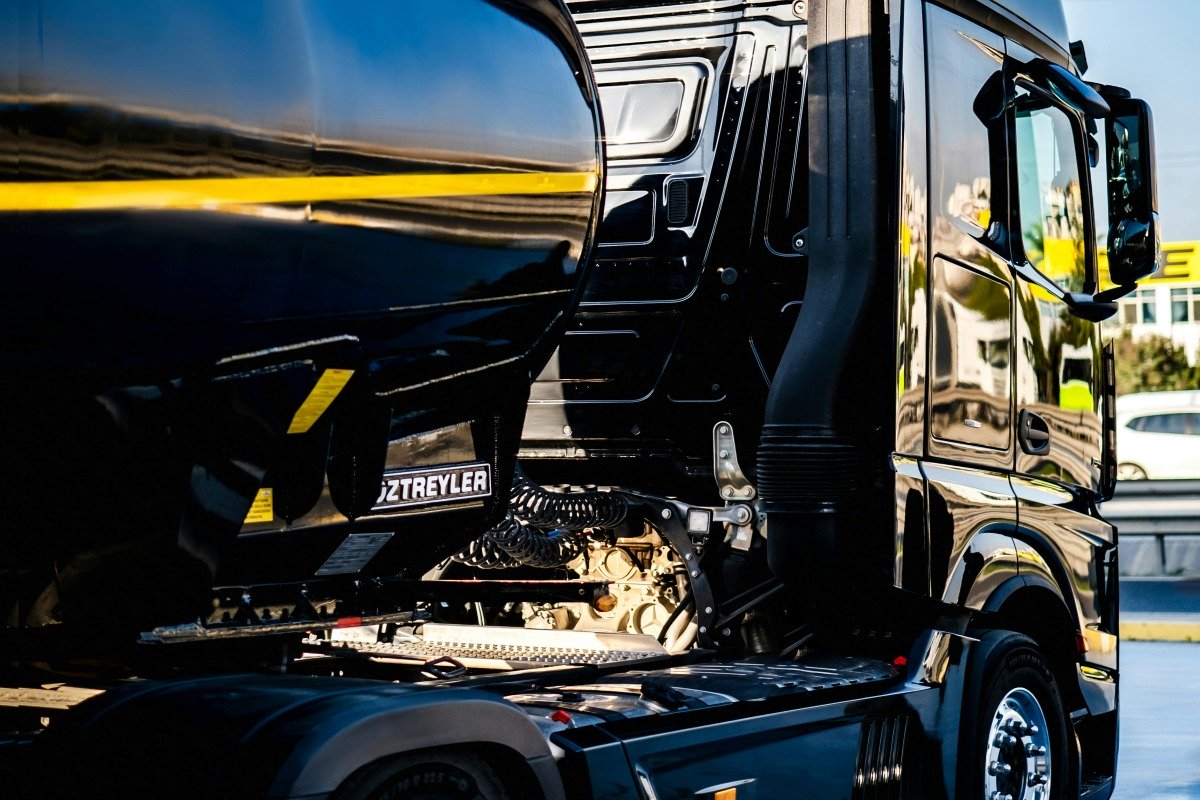Leasing prices for trucks, trailers, and RVs are climbing, even as rental rates begin to cool.
According to the U.S. Bureau of Labor Statistics Producer Price Index (PPI), the leasing price index for truck, trailer, and RV rental and leasing services rose 3.3% year over year as of mid-2025, while the rental price index edged down 1.3% in the same period.
That divergence matters as an owner-operator. Leasing a truck is becoming more expensive, while short-term rentals are losing pricing power.
For truckers already facing tight margins, the cost of acquiring and keeping equipment on the road is once again rising faster than revenue.
Why Leasing Costs Are Rising and What’s Ahead
Truck leasing prices reflect a perfect storm of pressures hitting the industry all at once, from the sticker shock of new vehicles to financial conditions that make borrowing more expensive. For you, this means every factor in the chain (manufacturing, financing, and resale values) works against cheaper lease terms.
Several structural forces are driving this trend:
- Tariffs and technology requirements: New commercial trucks are coming off production lines with advanced safety and emissions technologies required by the Environmental Protection Agency’s Phase 3 greenhouse gas standards. Tariffs on imported parts and components further inflate acquisition costs, which lessors ultimately pass along to you.
- Interest rate environment: The Federal Reserve lowered its benchmark federal funds target range to 4.00%-4.25% in September 2025. While cuts may ease borrowing costs eventually, financing remains expensive relative to the pre-pandemic years, keeping lease payments elevated.
- Residual value uncertainty: Lessors are cautious about what trucks will be worth at the end of a contract. With used Class 8 pricing showing volatility (ACT Research reports average retail prices rose 2.3% month over month in July 2025), even as auction volumes softened, leasing companies are padding rates to protect against risk.
- Freight demand pressures: The Cass Freight Index shows shipments are weaker now than a year ago, while costs remain stubborn. This imbalance leaves truckers caught between softer freight volumes and persistent expenses, making it unlikely that lease prices will ease meaningfully in the near term.
Looking ahead, equipment and operating costs are expected to remain elevated, and the challenge will be less about waiting for prices to drop and more about finding strategies (including financing) that keep your business moving in an uneven market.

Impact on Truckers and Fleets
The rising cost of leasing hits truckers at a time when freight volumes are sliding. The Cass Freight Index shows that shipments fell 1.5% month over month in August 2025 (seasonally adjusted) while rates ticked up only 0.1%.
In other words, you’re likely seeing fewer loads available and not much relief in per-mile pay.
At the same time, diesel prices remain elevated. Several reports indicate a national average near $3.74 per gallon in mid-September 2025, which is roughly 20-21 cents higher than a year earlier. Fuel remains one of your biggest single operating costs, and even small increases squeeze cash flow.
When freight revenue softens but fixed costs like leases and fuel climb, many truckers decide to hold onto older rigs longer.
But keeping aging trucks on the road brings its own challenges: more frequent breakdowns, expensive repairs, and downtime. That makes access to financing for maintenance just as critical as loans for purchasing.
Where Financing Steps In
As leasing costs climb, financing often becomes the fallback option for truckers weighing long-term costs. For some, buying a used truck outright or financing a lease buyout provides better control over equipment expenses.
The used truck market has become more attractive, with many operators eyeing older equipment as new truck sticker prices remain high. Demand for secondhand trucks has held steady even amid recent price swings.
Running older rigs, however, comes with trade-offs. More miles mean higher maintenance needs, and unexpected repairs can quickly sideline a truck without warning.
For owner-operators who don’t have the financial cushion of a larger fleet, access to capital for repairs or replacement remains a critical lifeline.
Financing may feel out of reach when costs keep climbing, but it isn’t impossible. Mission Financial Services works with drivers every day to find practical solutions that keep trucks on the road.

Conclusion
For you as an owner-operator, the numbers are clear: leasing costs are up 3.3% year over year, freight volumes are slipping, and diesel prices remain volatile. Rental rates may be slightly lower, but the savings are limited, and long-term solutions are harder to come by.
Truckers who adapt will be those who balance lease, buy, and repair strategies, often leaning on financing to bridge the gap.
Mission Financial Services stands in that gap, providing flexible loans for purchases, repairs, and working capital when you need it most.
In an industry where costs keep climbing even as loads get lighter, having a financing partner who understands your reality is essential.
Start your credit application today and see how accessible financing can be.


